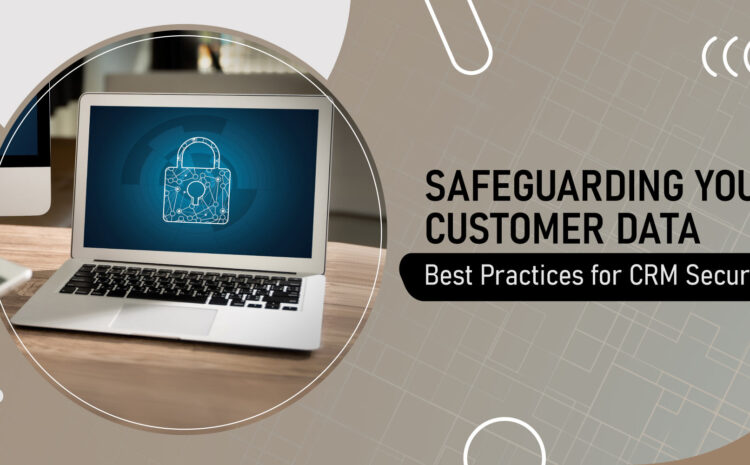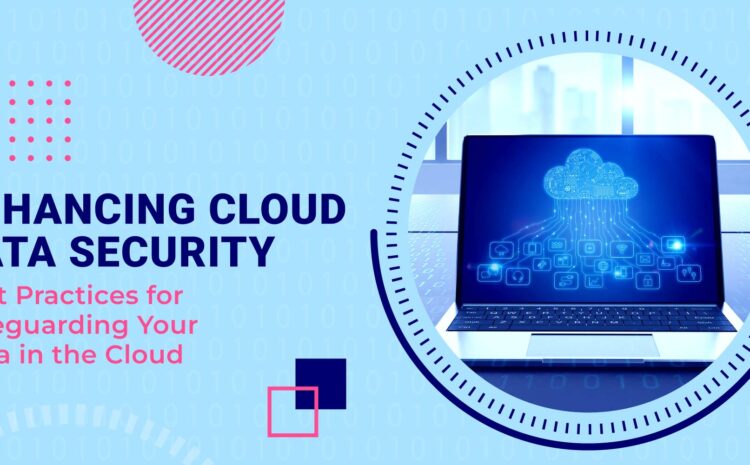As specialists keep on inventing modern technology every day, their customers, fundamentally IT professionals, are vulnerable to cyber security threats.
During the pandemic and post-pandemic, people have opted to have a hybrid workplace. While the work from home part of the hybrid work culture is a positive approach, it comes with a lot of potential security threats to the organization.
WHAT ARE THE MOST PROMINENT SECURITY THREATS?
PHISHING
Phishing will continue to be a worry for business organizations. This strategy utilizes email, instant messages, or hyperlinks in sites that encourage users to provide private data like usernames, passwords, and/or bank details.
Phishers then utilize this data to get into a corporate organization and send off a cyberattack. In many instances, the email has all the earmarks of being from an authentic client that draws the victim in with a misleading content heading, genuine-looking links, download links, business names, and logos.
In the pandemic, phishing attacks have grown by huge margins. Because of this, simply opening the wrong email could cost a business heavily.
RANSOMWARE
In ransomware attacks, hackers lock the user’s PC with encryption strategies then block its access until the user pays a huge ransom.
The victim has to pay the ransom by cutoff time or chance losing any or all sensitive information. Lately, ransomware has seen different progressions.
One such unmistakable progression is the ascent of “twofold coercion.” In this situation, hackers seize delicate data, rather than only encoding data and requesting a payoff. If the organization doesn’t agree to pay, the attacker posts the information on the web and offers it to the highest bidder.
IoT ATTACKS
As more organizations endeavor to safeguard their interior frameworks with cutting-edge security features, hackers answer by zeroing in on less-safeguarded weaknesses.
As of now, since more laborers have moved to work remotely, the hackers find it easier to attack those computers and devices. Moreover, the channels that connect with IoT gadgets have fewer defenses than gadgets in a controlled IT climate. Protocols utilized in IoT gadgets could likewise cause security issues in contrast with protocols in an average PC organization.
Then again, web applications utilized by IoT frameworks, for instance, might be used to take client passwords or other sensitive details.
SMS BASED PHISHING (SMISHING)
To the unaided eye, smishing may fall under the wide phishing classification. However, there are some differences. The most important difference is that phishing happens using online messages, while smishing happens through SMS messages.
It’s started when a client opens an instant message sent by a hacker and clicks a link through that message. A few conspicuous instances of smishing attacks:
- A message is said to be a type of organization asking you to tap on a link or give private data.
- A message pretending to be from your bank demanding you give login details for your account.
- A message saying you won something but need to provide a credit card for shipping costs.
DATABASE EXPOSURE
Databases are used by organizations to store data in servers. Data exposure is a big threat to organizations in 2022. This data may contain financial information, passwords, and bank details. Data exposure happens when attackers use social-engineering methods to steal login credentials to a database or use malware to get access to the database on the server.
Then, personal information is used by the attacker to present himself as a legitimate representative of the organization and sends emails to unleash a cyberattack. The emails seem legitimate because they contain personal information only available to authorized personnel.
HOW TO MITIGATE THESE CYBERSECURITY THREATS?
Your organization needs to create a cybersecurity strategy that outlines rules for safeguarding your gadgets including operating systems, firewalls, programs, solid passwords, and information insurance. One methodology could be, assuming that your data is saved in the cloud, you could make it private instead of public.
Another step would be taking the help of expert cybersecurity teams like CloudQ’s to help you develop strategies and products that will offer you a security shield against any kind of cyberattacks.




